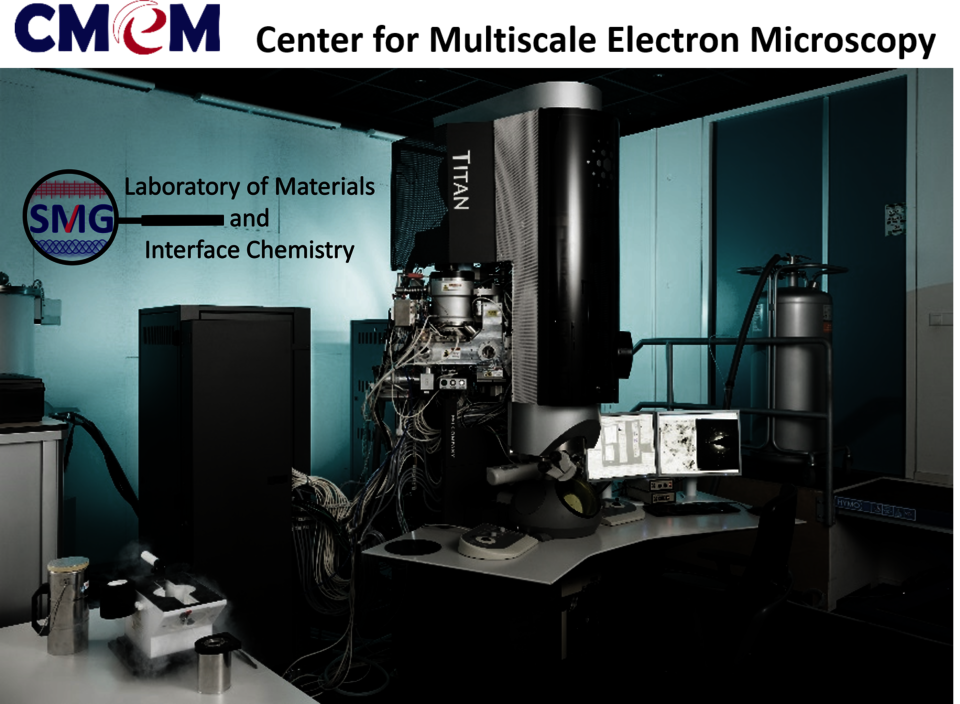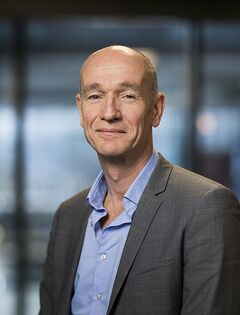17 million for Dutch electron microscopy
The Netherlands Organization for Scientific Education (NWO) is allocating a grant of more than 17 million for the further development of a Dutch network for electron microscopy (NEMI). TU Eindhoven is one of the thirteen participating institutions that are combining their various technological expertise in the field of electron microscopy to learn more about how the biological and material micro-world is composed and interacts.
In the person of prof.dr. Nico Sommerdijk, Eindhoven University of Technology contrinutes the expertise of electron microscopy of 'soft materials', such as viruses, bones or proteins. Sommerdijk runs the Eindhoven Center for Multiscale Electron Microscopy. He has been making a reputation for years with his cryo-electron microscopy (Cryo-TEM), with which he visualizes processes on the nanoscale live and in 3D. Sommerdijk recently received an additional ERC grant of 3.5 million euros for his research. In addition to Sommerdijk, Heiner Friedrich, Jom Luiten and Erwin Kessels also represent TU/e as members of NEMI.
The Netherlands has a strong international position in electron microscopy (EM). This technique ensures that you can look at the very smallest building blocks of humans and animals as well as materials at a very detailed level. With electron microscopy you can literally visualize the foundations of life and the atomic composition of materials. New technological developments mean that more and more is possible within electron microscopy.
NEMI
The NEMI (Netherlands Electron Microscopy Infrastructure) network clusters and exchanges all the EM technologies so that an increasingly complete picture emerges of structures and processes that form the basis of life and materials. By making consensual choices about who manages which expertise, the equipment can be purchased and used in a targeted and joint manner. An electron microscope often costs several millions to purchase and the costs of maintenance are high. The NWO grant will be used to purchase the latest EM equipment, to develop the next generation of microscopes and to facilitate EM for a wide group of users.
Participating organisations
The network consists of five UMCs and eight universities, with UMC Utrecht as coordinator. In addition to TU/e, the other affiliated institutions are Utrecht University, Leiden University Medical Center (LUMC), Leiden University, UMC Groningen (UMCG), University of Groningen (RUG), Maastricht University, TU Delft, Academic Medical Center (AMC), Maastricht Multimodal Molecular Imaging Institute (M4I), Netherlands Center for Electron Nanoscopy (NeCEN), Radboud UMC, Wageningen University, University of Twente.
National Roadmap
The grant is part of the National Roadmap for Large-scale Scientific Infrastructure. The ten approved projects to be awarded a total of € 138 million were announced today by Minister van Engelshoven. These subsidies enable the construction or renewal of top research facilities with an international reputation. These facilities have the highest priority for science and offer Dutch researchers access to top-quality national and sometimes international scientific infrastructure.
Main picture | Bart van Overbeeke



Discussion